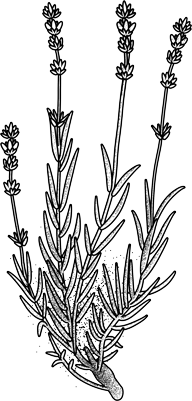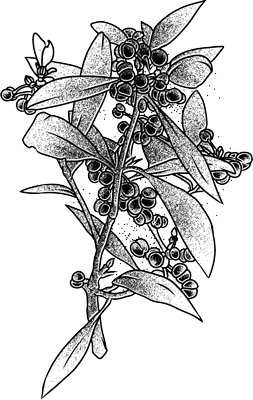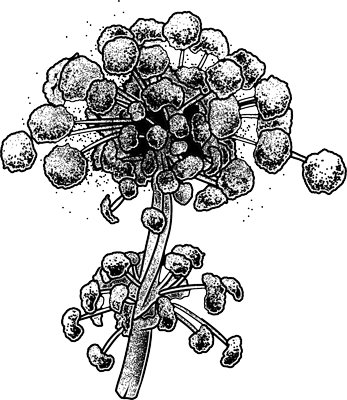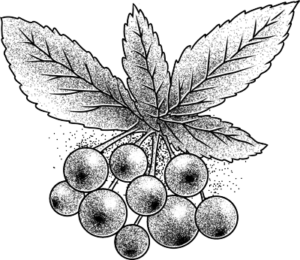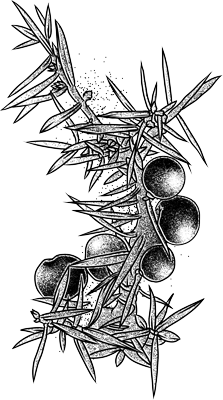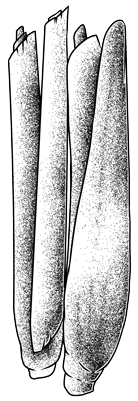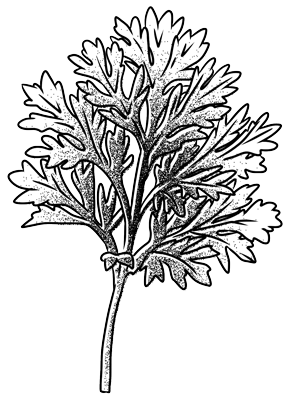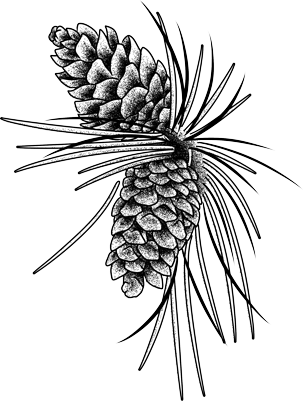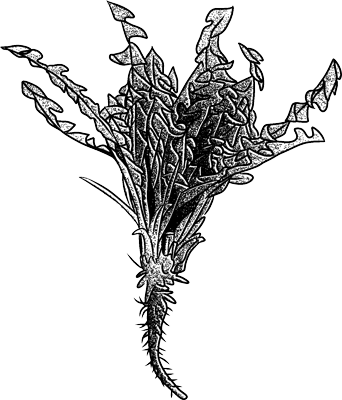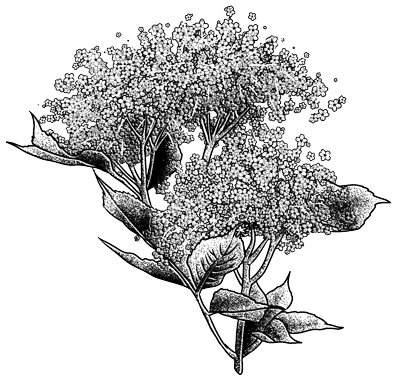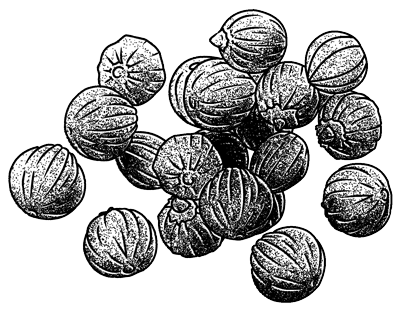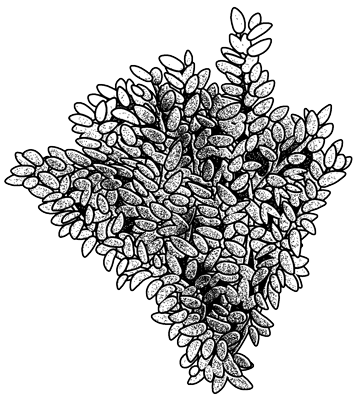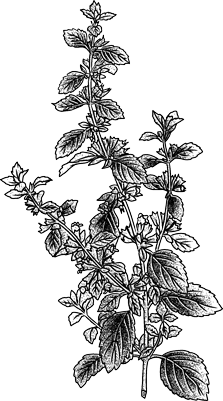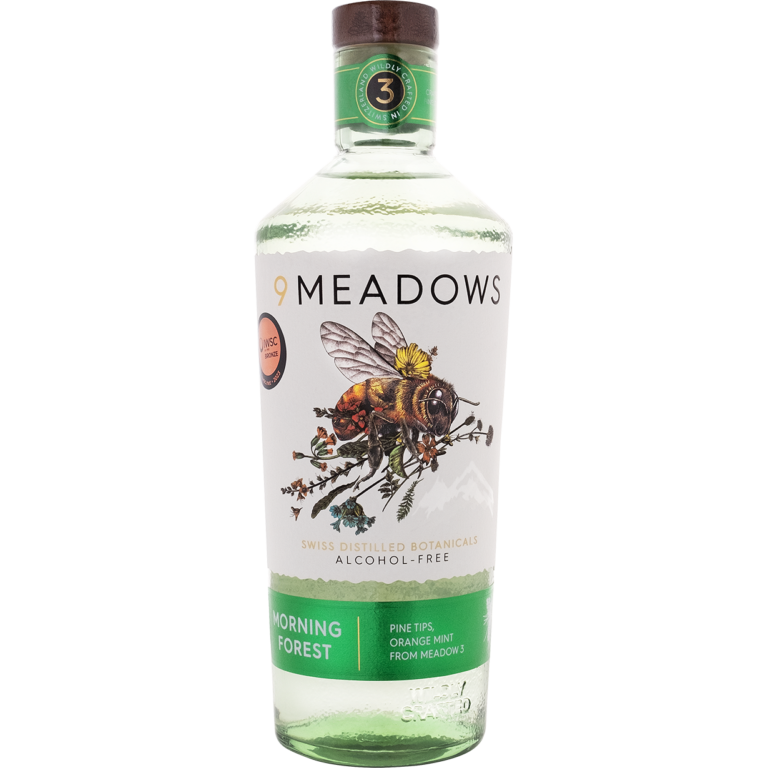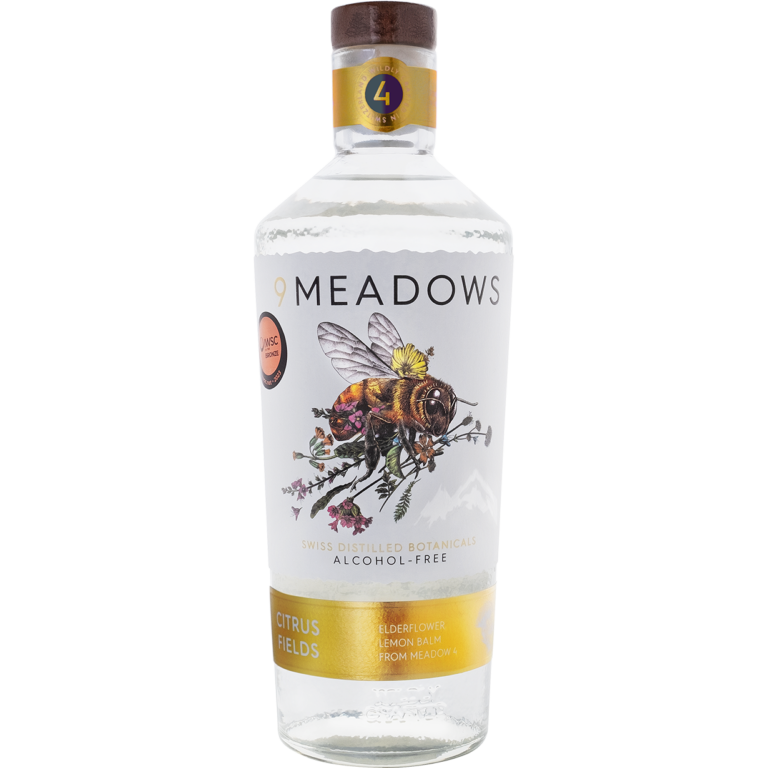Switzerland
home to clean air, pure waters and green meadows.
A biodiverse land protected by soaring alps and generations of traditions. A dedication to craftsmanship , detail and quality.
Among these soaring snow-capped spires, we seek out the finest botanicals from 9 selected meadows and hand distil them to capture the flavour of the mountains, expertly blended with natural flavours to deliver an alcohol-free experience that lets you enjoy the moment without compromise.
9 Meadows – Because great drinks don`t need alcohol
Farmer approved, Natural Ingredients
We use only the most aromatic botanicals for unique flavor explosions

gentian root
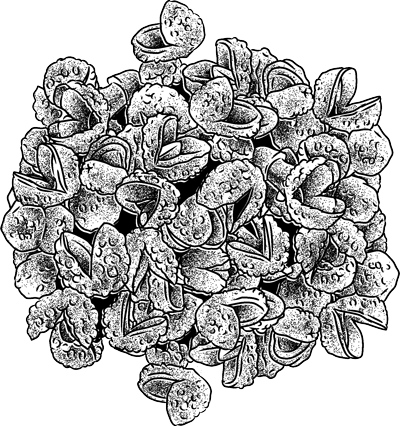
timut pepper

rose petals

blood orange
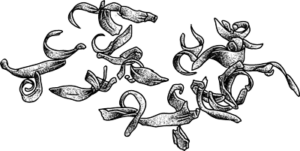
bitter orange zest
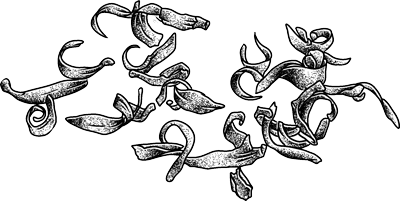
bitter orange zest

basil

rhubarb
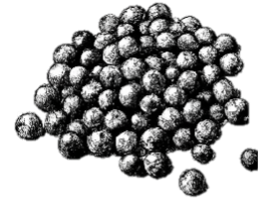
pink pepper
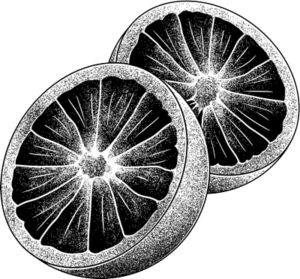
pink grapefruit
